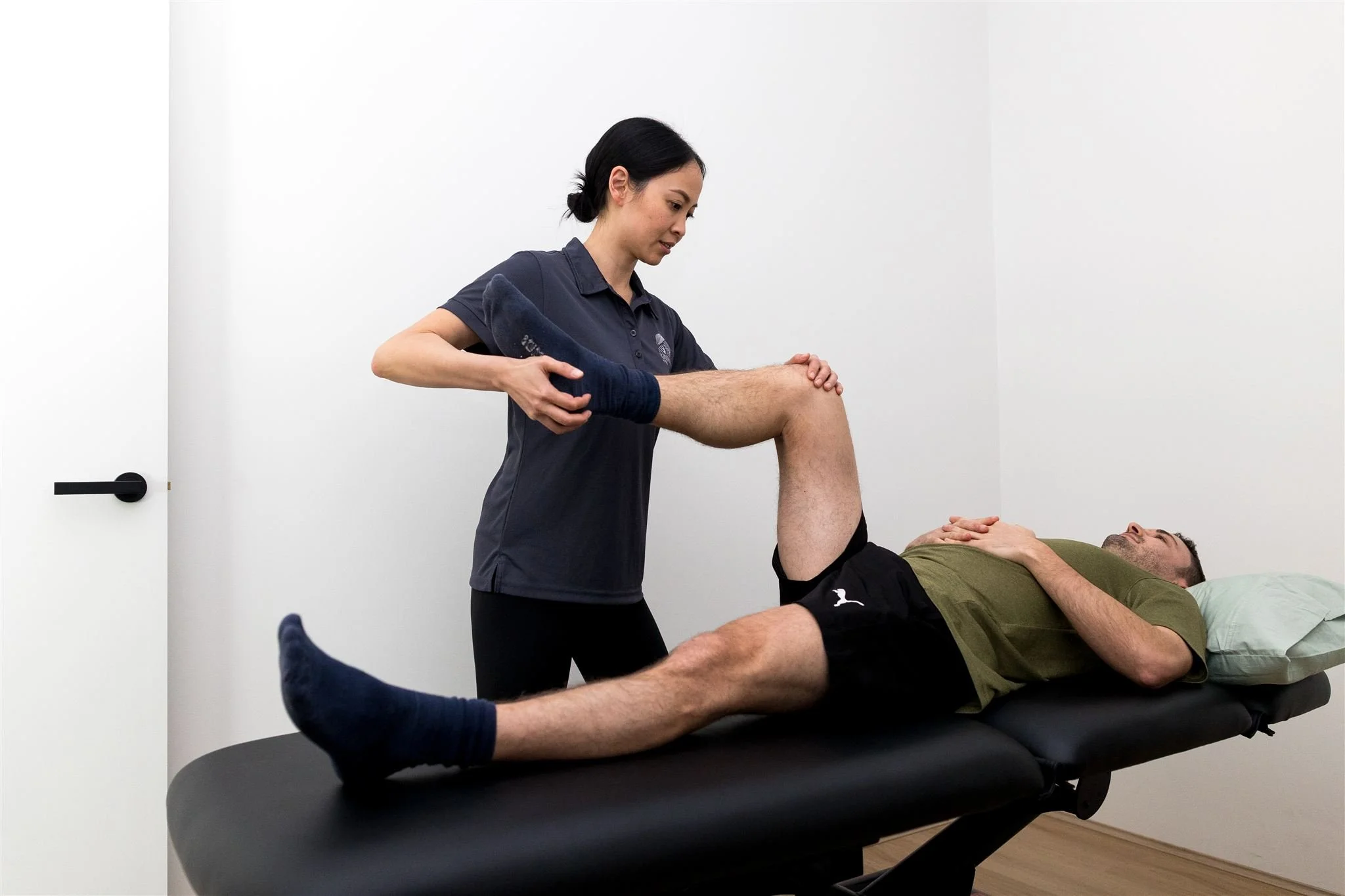Top 5 Tips for Preventing and Managing Knee Pain
1. Get your LOAD spot on
The knee often hates too much load. Try and avoid 2 intense knee heavy sessions in a row of HIIT training, running, stair walking/jogging, heavy squats/lunges/step ups. Intersperse those days with training other areas such as cycling, walking, jogging, swimming, Pilates or yoga.
The Top 5 Tips for Preventing and Managing Knee Pain
Mar 30
Written By Rob O'Mahony
1. Get your LOAD spot on
The knee often hates too much load. Try and avoid 2 intense knee heavy sessions in a row of HIIT training, running, stair walking/jogging, heavy squats/lunges/step ups. Intersperse those days with training other areas such as cycling, walking, jogging, swimming, Pilates or yoga.
The the knee can also respond negatively to too little load. Those who are sedentary for a week or more and then perform a very intense bout of heavy knee load exercise are at risk. Your body is unaccustomed to this and could lead to a variety of knee or lower limb injury.
Beware the weekend warrior OR Boom/Bust Athlete.
2. Manage your weight
Studies have shown that every kilogram reduction in body weight was related to more than twice the reduction in peak knee force (2.2kg) when walking.
This is particularly useful for those people carrying a little extra weight for their height. Reducing a few kilograms may reduce the risk and slow the progression of knee osteoarthritis. Speak to a trained medical professional, dietician or nutritionist for more tailored advice on this.
3. Monitor Stress & Sleep
We know that we feel worse, less energetic and fatigue easier when we have a build-up of stress and reduction in quality sleep. Cortisol hormone is elevated in our bodies and can amplify pain and lowers the threshold of any injury occurring. It is important to then adapt our training to avoid the system overloading when we are in a stressed state. So, next time you have been stressed for a few days in a row and haven't been sleeping, consider adjusting the intensity or frequency of your training during that period.
4. Fuel Up!
Many people when starting a new training regime or significantly increase their training fail to adapt their nutrition to match the demands of the activity. This can place you in an excessive caloric deficit and therefore having inadequate nutrition to recover from harder sessions well. If you can't recover well then knee injury risk may increase. Your metabolism can also be impacted which may impact your body weight/composition goals. Speak to a trained health coach, sports physiologist, dietician or nutritionist for more tailored advice on this.
5. Don't Forget Basic Strength
Many people commence an exercise regime or increase training intensity without adequate strength, endurance and control of their trunk and lower limb musculoskeletal system. If this is not addressed, then after about 3-6 weeks of the program, knee pain may develop.
Specific training of core muscles, hip flexors, quads, hamstrings, gluteals, calves and balance can help build the bodies capacity, resilience and confidence in preventing knee injury as well as aiding performance. Speak to a qualified health professional such as a physiotherapist for individualised assistance.
Want to learn more about physiotherapy for knee pain? Get in touch!


